On the map of raw power and unapologetic performance, few cars command as much real estate as the Dodge Challenger Hellcat. With its supercharged 6.2-liter HEMI V8 roaring under the hood, the Hellcat delivers a heart-racing 707 to 807 horsepower, depending on the variant.
But such monstrous power comes at a cost—fuel efficiency. If you’ve got an eye (or both eyes) on the Hellcat, it can never hurt to understand the Hellcat gas mileage.
For that, here is a deep dive (you deserve nothing less) into the Dodge Challenger Hellcat MPG. Explore the real-world numbers, factors affecting efficiency, and how it compares to other high-performance vehicles.
See also:
The Official Hellcat Fuel Economy Ratings
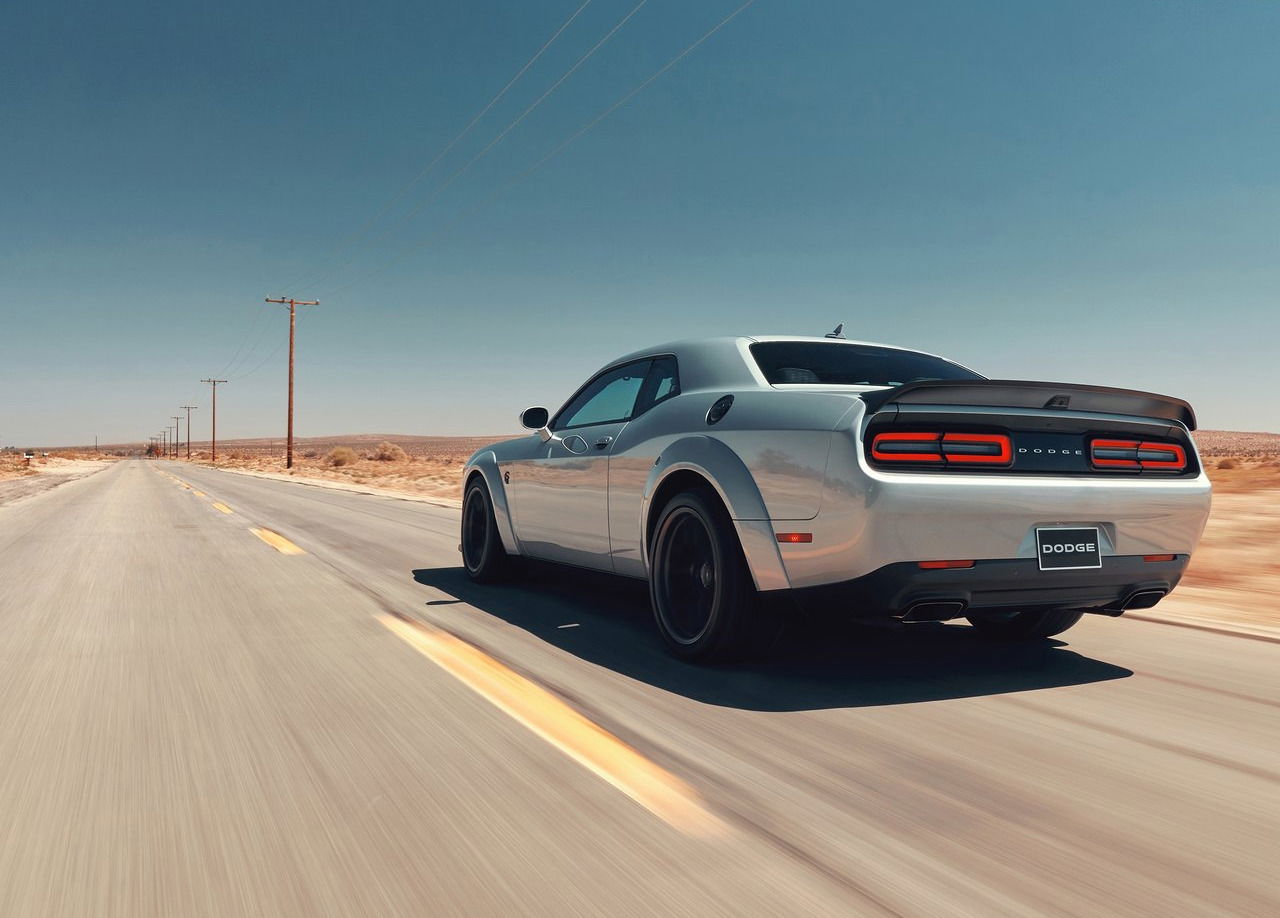
The Environmental Protection Agency (EPA) provides standardized fuel economy ratings for all vehicles sold in the U.S. For the Dodge Challenger Hellcat MPG, the numbers are unsurprisingly modest.
The standard Hellcat, with its 707-horsepower engine, earns an EPA-estimated 13 mpg in the city and 21 mpg on the highway, with a combined rating of around 16 mpg. The more extreme Hellcat Redeye, packing 797 horsepower, sees a slight dip, averaging 12 mpg city and 18 mpg highway.
Meanwhile, the even more brutal Challenger SRT Super Stock, with 807 hp, further reduces efficiency, landing at 12 mpg city and 17 mpg highway.
The table below summarizes the EPA-estimated fuel economy ratings for the Dodge Challenger Hellcat variants:
| Model | Horsepower | City MPG | Highway MPG | Combined MPG |
| Hellcat (Standard) | 707 HP | 13 | 21 | 16 |
| Hellcat Redeye | 797 HP | 12 | 18 | 15 |
| SRT Super Stock | 807 HP | 12 | 17 | 14 |
This table highlights how increasing horsepower correlates with slightly reduced fuel efficiency in the Hellcat lineup. These figures place the Dodge Hellcat fuel economy firmly in the "gas guzzler" category.
However, it's worth noting that these ratings are based on controlled testing cycles that don’t always reflect real-world driving behavior. Owners frequently report lower numbers, especially when enjoying the Hellcat’s full performance potential.
Real-World Challenger Hellcat Mileage: What Owners Experience
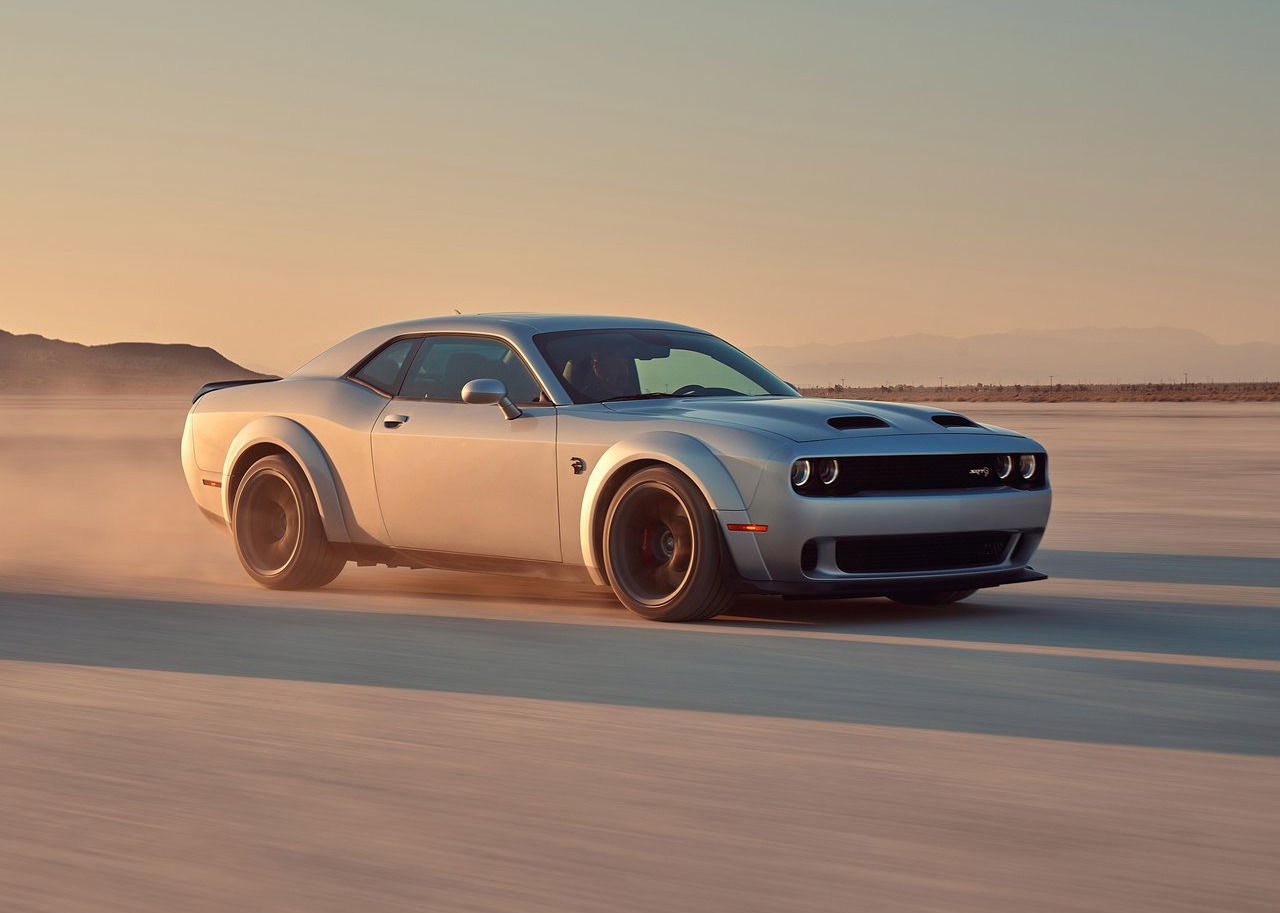
While the EPA’s estimates provide a baseline, real-world Hellcat MPG vary dramatically based on driving style, traffic conditions, and even fuel quality. Aggressive driving—inevitable given the car’s power—can drop fuel efficiency into the single digits.
Many owners report averages between 10-14 mpg in mixed driving, with highway cruising yielding slightly better results if speed is kept in check. The Hellcat Redeye miles per gallon figures are even more susceptible to rapid depletion under hard acceleration.
The supercharged V8’s thirst for premium fuel becomes evident when the driver frequently engages the wide-open throttle. Some track-focused sessions can see fuel economy plummet to 5 mpg or less. Far from a stain on the Hellcat, these real-world figures only reinforce the Hellcat’s reputation as a performance-first machine.

Notably, the 2015 Dodge Challenger SRT Hellcat has a combined EPA fuel economy rating of 16 MPG. This includes 13 MPG in the city and 22 MPG on the highway. It was able to achieve 22 MPG on the highway with an automatic transmission.
Autoweb wrote: “When the 2015 Dodge Challenger SRT Hellcat was first revealed, its 6.2-liter supercharged HEMI seemed like a dream come true for enthusiasts and a nightmare for both the competition as well as environmentalists.”
The then-President and chief executive of the Dodge and SRT brands, Tim Kuniskis, described the Charger SRT Hellcat as a “multidimensional phenomenon.”
“It is the quickest, fastest, most-powerful sedan ever produced– the world’s only four-door muscle car,” he added.” “Factor in its affordable price and 22-mpg highway fuel-economy rating and it’s clear that the Charger SRT Hellcat competes in a class all by itself.”
See also:
Factors Affecting Dodge Hellcat Fuel Consumption
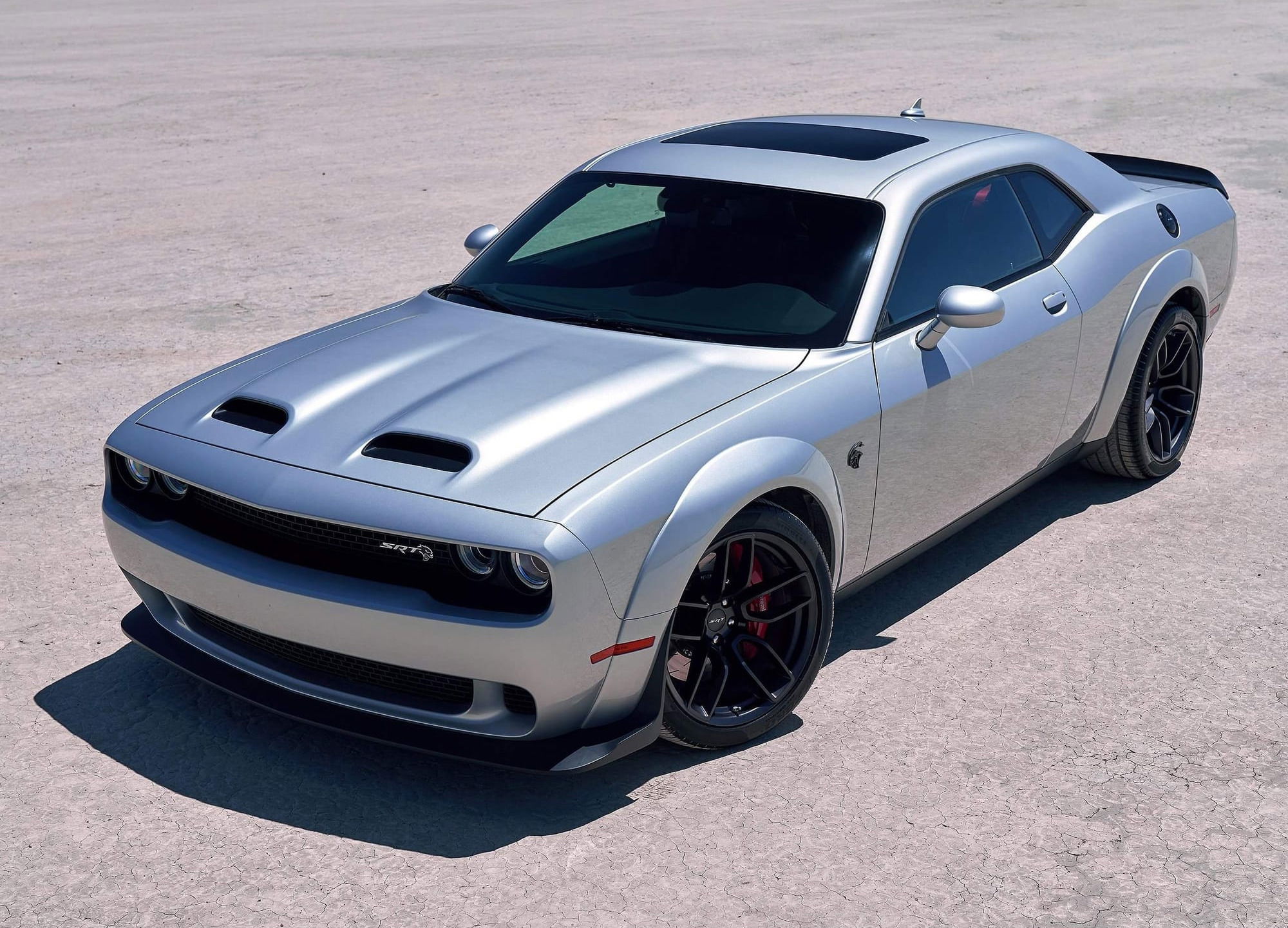
Several variables influence how efficiently—or inefficiently—a Hellcat consumes fuel. The most significant factor is driving behavior. The difference between conservative cruising and spirited acceleration is stark. The Hellcat’s adaptive transmission and multiple drive modes (including Eco, Sport, and Track) also play a role.
While "Eco" mode softens throttle response and can marginally improve Challenger Hellcat fuel economy, you can probably count on one hand the number of owners who opt for this setting given the car’s performance nature. Aerodynamics also impact efficiency.
It’s worth noting that while the Charger Hellcat and Challenger Hellcat feature the 6.2L supercharged V8, slight differences in aerodynamics and weight contribute to the small variation in fuel efficiency.
The Challenger’s retro-inspired design, while iconic, isn’t as aero-optimized as modern sports cars, creating additional drag at higher speeds. Additionally, wider tires (especially on models like the Redeye and Super Stock) increase rolling resistance, further reducing Dodge Challenger Hellcat mileage.
Comparing Hellcat Mileage To Other Performance Cars
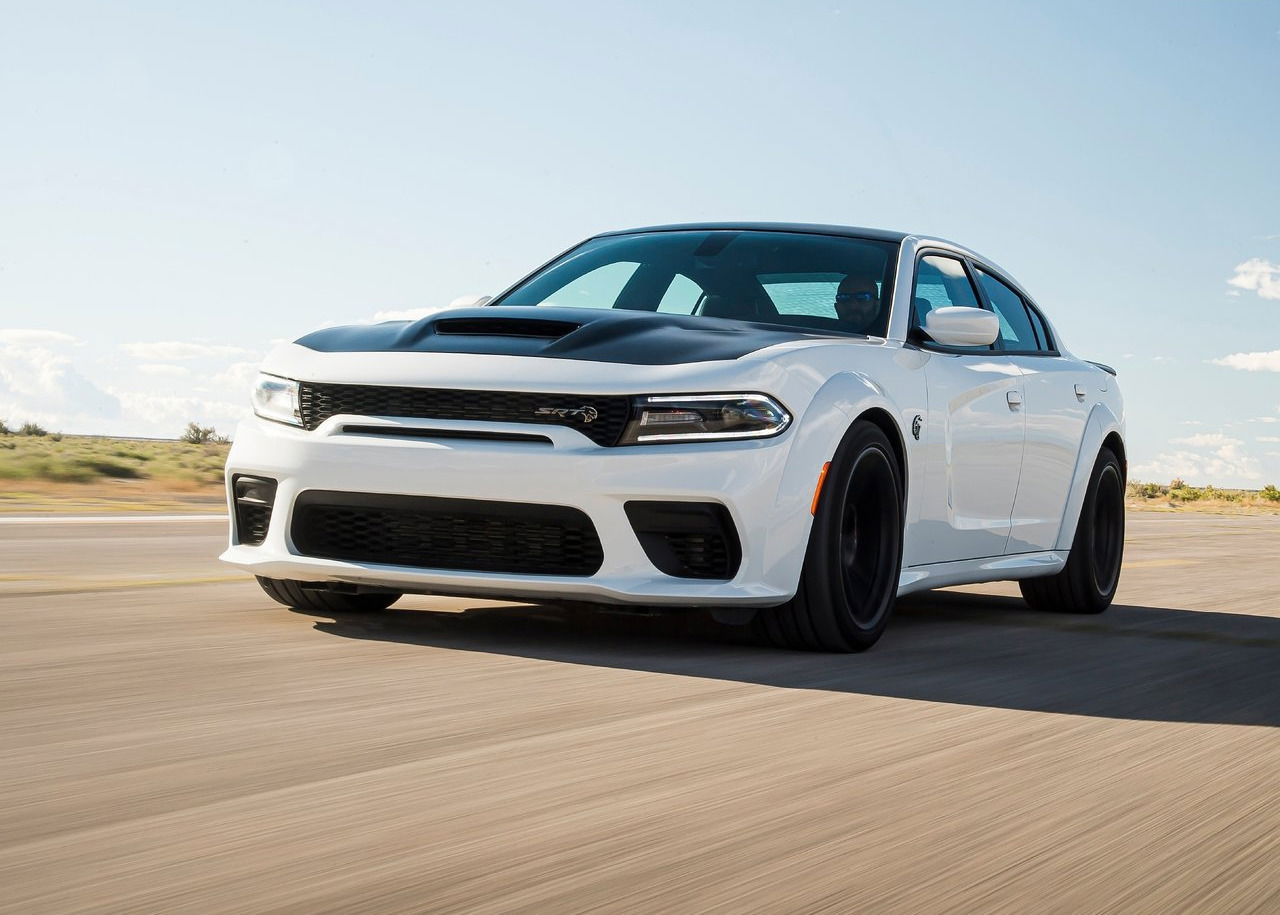
How does the Dodge Hellcat MPG stack up against competitors? The Chevrolet Camaro ZL1, with its 650-hp supercharged V8, achieves slightly better EPA numbers at 14 mpg city and 20 mpg highway.
The Ford Mustang Shelby GT500, with 760 hp, is rated similarly at 12 mpg city and 18 mpg highway, aligning closely with the Hellcat Redeye.
European rivals, such as the BMW M5 Competition (with a twin-turbo V8 and 617 hp), fare better, offering 15 mpg city and 21 mpg highway due to advanced fuel-saving technologies like cylinder deactivation.
However, none of these cars deliver the same visceral, old-school muscle car experience as the Hellcat. This makes its fuel economy trade-offs easier to accept for enthusiasts.
Can You Improve Dodge Challenger Hellcat Fuel Economy?
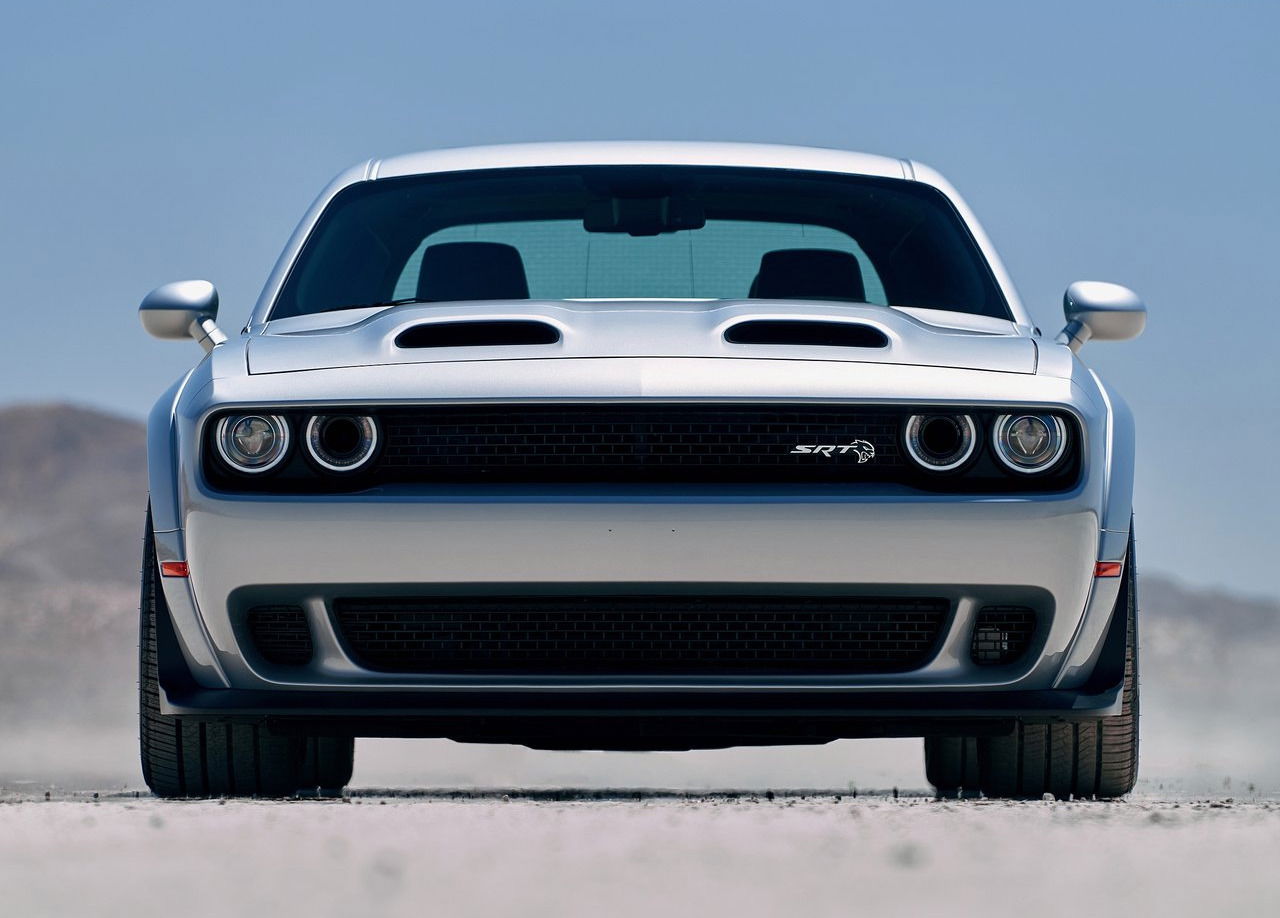
While the Hellcat will never be a fuel-sipper, there are ways to optimize efficiency. Using premium 93-octane fuel ensures proper engine performance and can prevent knock-related inefficiencies. Maintaining proper tire pressure reduces rolling resistance, and avoiding excessive idling helps conserve fuel.
Highway driving at steady speeds (rather than frequent acceleration and braking) can push Hellcat gas mileage closer to its EPA estimates.
That said, most Hellcat owners didn’t buy this car for its frugality. For them, the thrill of unleashing 700+ horsepower far outweighs concerns over Dodge Hellcat fuel consumption—especially when gas prices are manageable.
The Bottom Line On Hellcat MPG
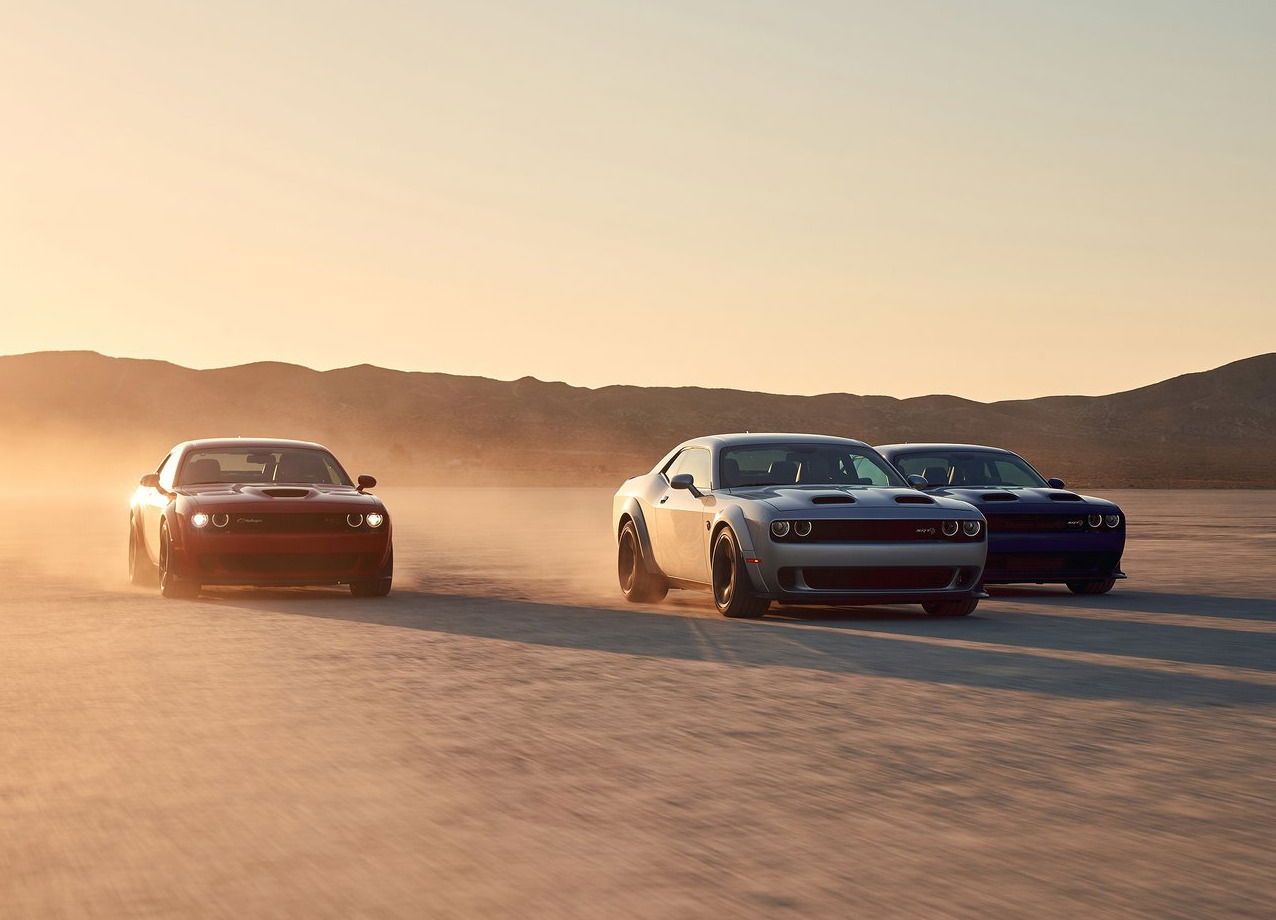
The Dodge Challenger Hellcat fuel economy is best described as "smiles per gallon" rather than miles per gallon. While official ratings suggest modest efficiency, real-world usage often sees much lower numbers, particularly when drivers exploit the car’s immense power.
The Hellcat Redeye miles per gallon figures are even more extreme as a no-compromise performance machine. Performance fans hung up on efficiency– a hybrid or electric performance car may be a better fit.
But for enthusiasts who crave the roar of a supercharged V8 and the raw acceleration of a classic American muscle car, the Challenger Hellcat MPG is a small price to pay for unmatched excitement. In the end, the Hellcat has never been about saving fuel but about burning it with a grin. And in that regard, few cars do it better.